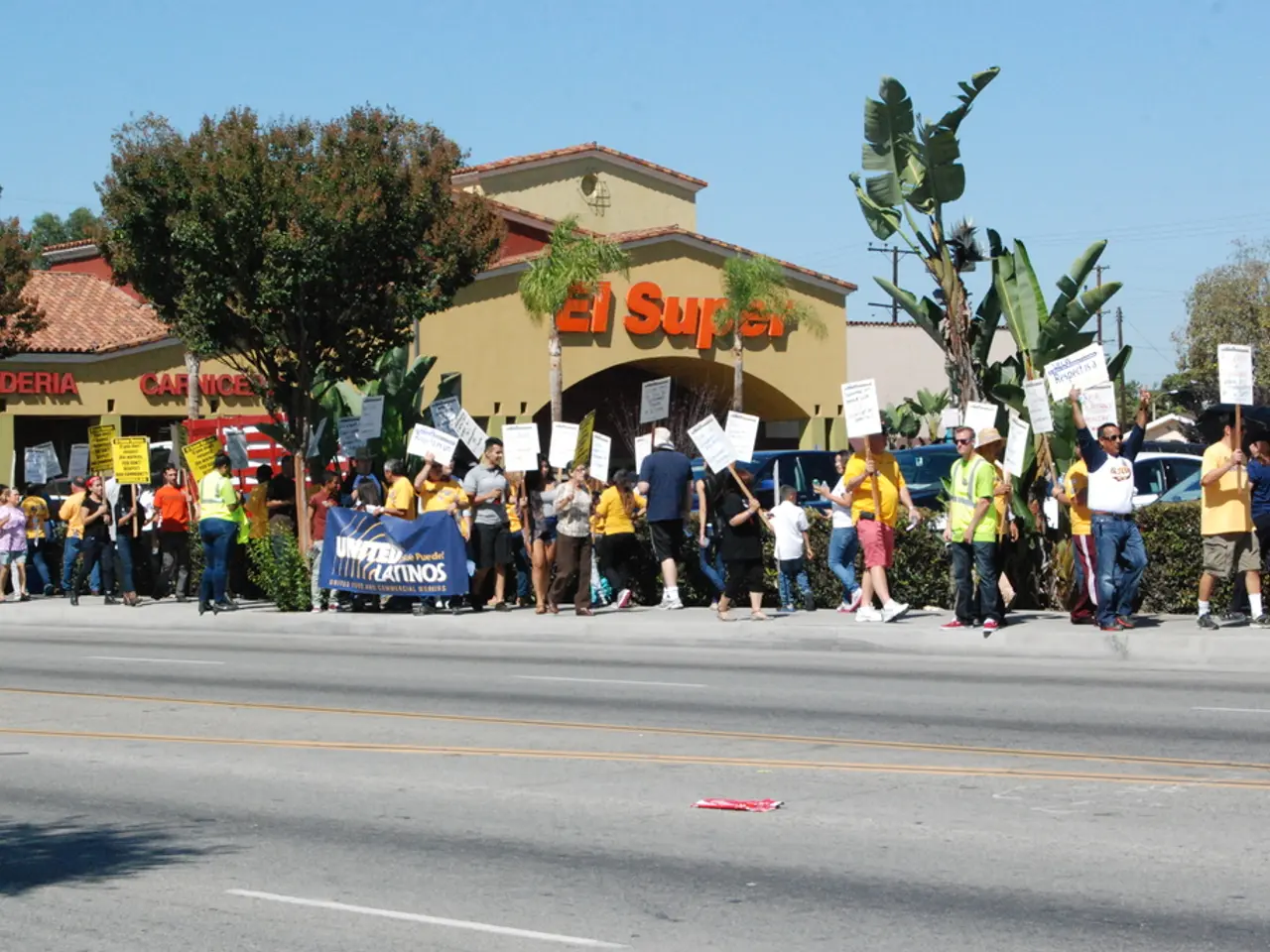Tactics for Political Campaigning: Implementing Audience Segmentation Strategies
In the dynamic world of political campaigns, understanding the electorate and their needs is paramount. One effective strategy that has emerged is audience segmentation, a technique that political campaigns use to identify groups of voters that they want to target.
Audience segmentation significantly enhances the success of political marketing campaigns by enabling precise tailoring of messages to the diverse priorities and preferences of voter segments. This targeted approach increases engagement, reduces voter apathy, and improves campaign efficiency by ensuring communication resonates more deeply with specific demographic groups.
Message Relevance and Resonance
Segmenting the audience allows campaigns to craft nuanced, culturally aware messages that address the unique concerns of groups such as young voters, minority communities, or seniors. This enhances message relatability, broadens reach, and fosters stronger voter-candidate connections.
Efficient Use of Resources
By focusing on specific voter segments through microtargeting, campaigns direct their efforts and budget towards those most likely to be influenced, maximizing return on investment and campaign impact.
Channel Optimization
Knowing the preferences of different segments guides campaigns in choosing appropriate communication channels—social media platforms for younger voters, traditional media for older demographics, or localized outreach for community groups—ensuring messages are delivered effectively.
Adaptive Messaging
Analytical tools like sentiment analysis applied to segmented audiences help campaigns monitor voter emotions and opinions, enabling real-time message adjustments to maintain relevance and persuasive power throughout the election cycle.
Building Inclusivity and Trust
Tailored messaging signals a candidate's commitment to represent all constituents, fostering a shared sense of community and strengthening the political brand.
Compliance and Transparency Considerations
Audience-targeted campaigns must navigate platform policies regarding political ads to maintain transparency and adhere to regulations, which affects how segmentation strategies are implemented on digital platforms.
Modern technology has made collecting data on potential voters easier, including through social media and other online platforms. This data can be used to create target audiences for specific campaigns and messages, and targeted email campaigns and social media posts can be sent to these segments.
Collaborating with other organizations can help campaigns reach specific segments of the audience more effectively. Understanding the issues that are important to a target audience can help tailor the campaign message to resonate with them.
Segmentation can also support Get Out The Vote (GOTV) efforts by identifying likely voters and swing voters. Data analytics can be used to determine which segments of the population are most likely to vote. Campaign websites and other online assets should be tailored to each part of the population.
By tailoring messages to each group, campaigns can appeal to them more effectively. This can increase a campaign's chances of winning elections by targeting specific groups of voters. Analyzing engagement data can help fine-tune the campaign strategy, and targeted advertising can help reach voters more effectively.
Segmentation can also help identify high-value contributors for fundraising campaigns. Understanding different groups of voters can help campaigns better allocate resources and focus on reaching key audiences.
Mobilizing supporters based on shared interests can help increase voter turnout. Segmentation allows for tailoring messages to resonate with specific voters, which is ethical when done transparently and respectfully using consented data.
In summary, audience segmentation anchors political marketing strategies in data-driven insights, enabling campaigns to deliver persuasive, efficient, and responsive messaging that improves voter engagement and electoral success. For those seeking expertise in this area, contact information for the team offering expertise in audience segmentation in political marketing campaigns is available at 91 9848321284 or through an online form on their site.
[1] https://www.pewresearch.org/fact-tank/2018/10/30/how-political-campaigns-use-data-to-target-voters/ [2] https://www.nytimes.com/2016/09/15/us/politics/how-facebook-helped-trump-win.html [3] https://www.wired.com/story/how-trump-campaign-used-facebook-to-win/ [4] https://www.bloomberg.com/opinion/articles/2016-11-08/how-the-trump-campaign-used-data-to-win
- Data analytics tools, such as sentiment analysis, are utilized in political marketing campaigns to monitor voter emotions and opinions, enabling real-time message adjustments to maintain relevance and persuasive power throughout the election cycle.
- By understanding the preferences of different voter segments, political campaigns can choose appropriate communication channels like social media platforms, traditional media, or localized outreach, ensuring messages are delivered effectively.
- Collaborating with other organizations can help political campaigns reach specific segments of the audience more effectively, while tailoring the campaign message to resonate with them based on shared interests.
- Analyzing engagement data from emails and social media posts can help fine-tune the campaign strategy, allowing for targeted advertising that reaches voters more effectively.
- Audience segmentation in political marketing campaigns can also be used to identify high-value contributors for fundraising campaigns and mobilize supporters based on shared interests, improving voter turnout while respecting privacy and using consented data ethically.








